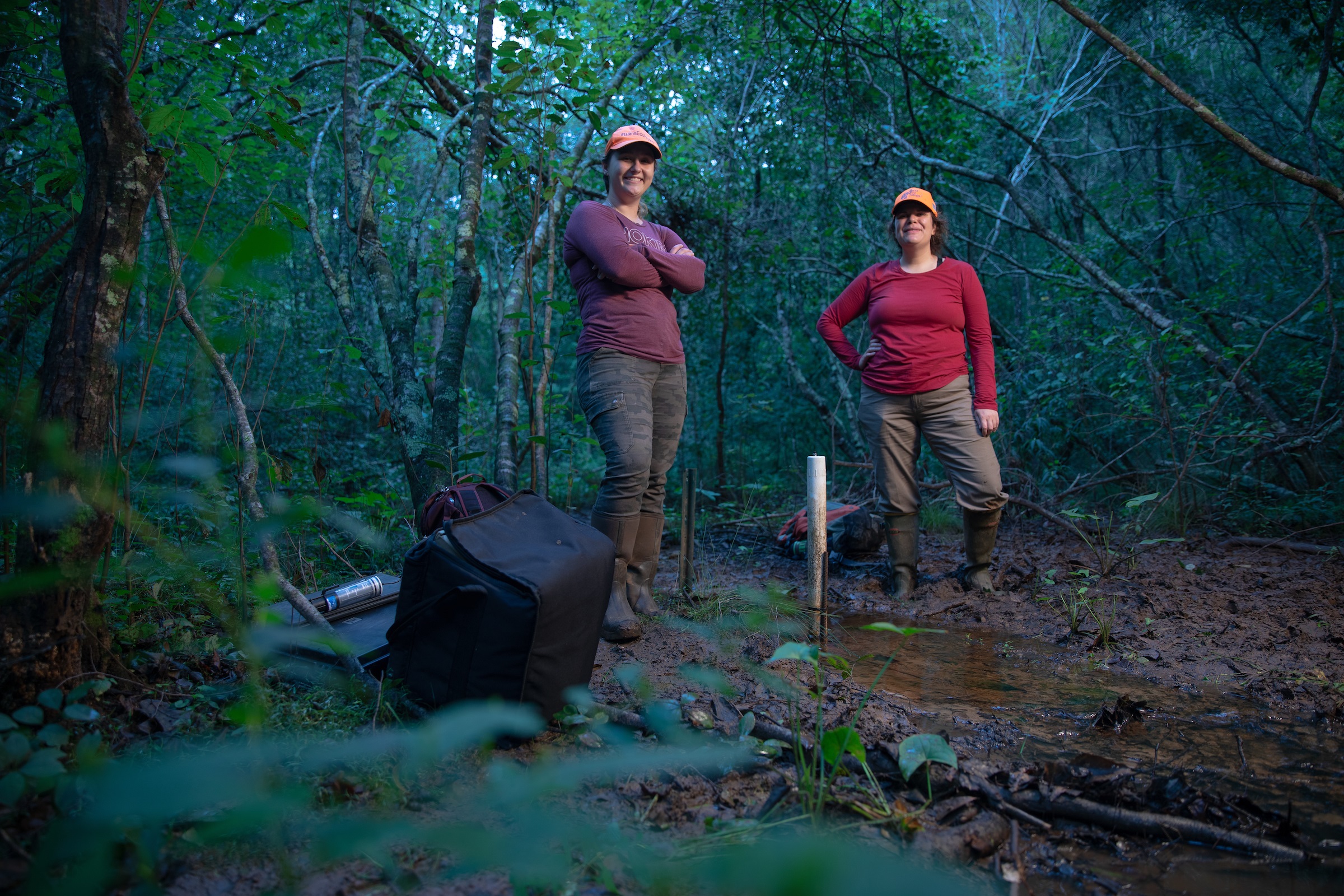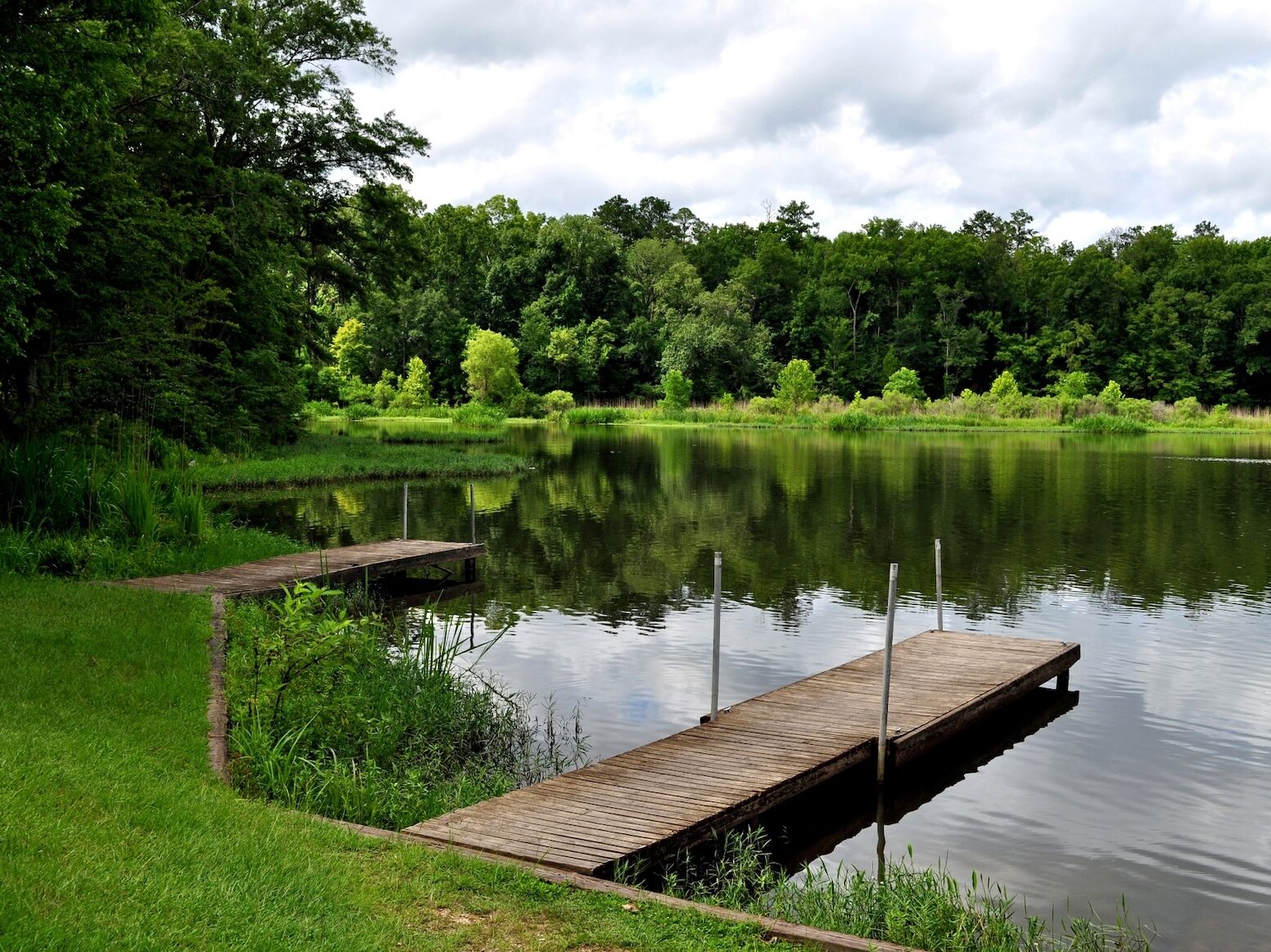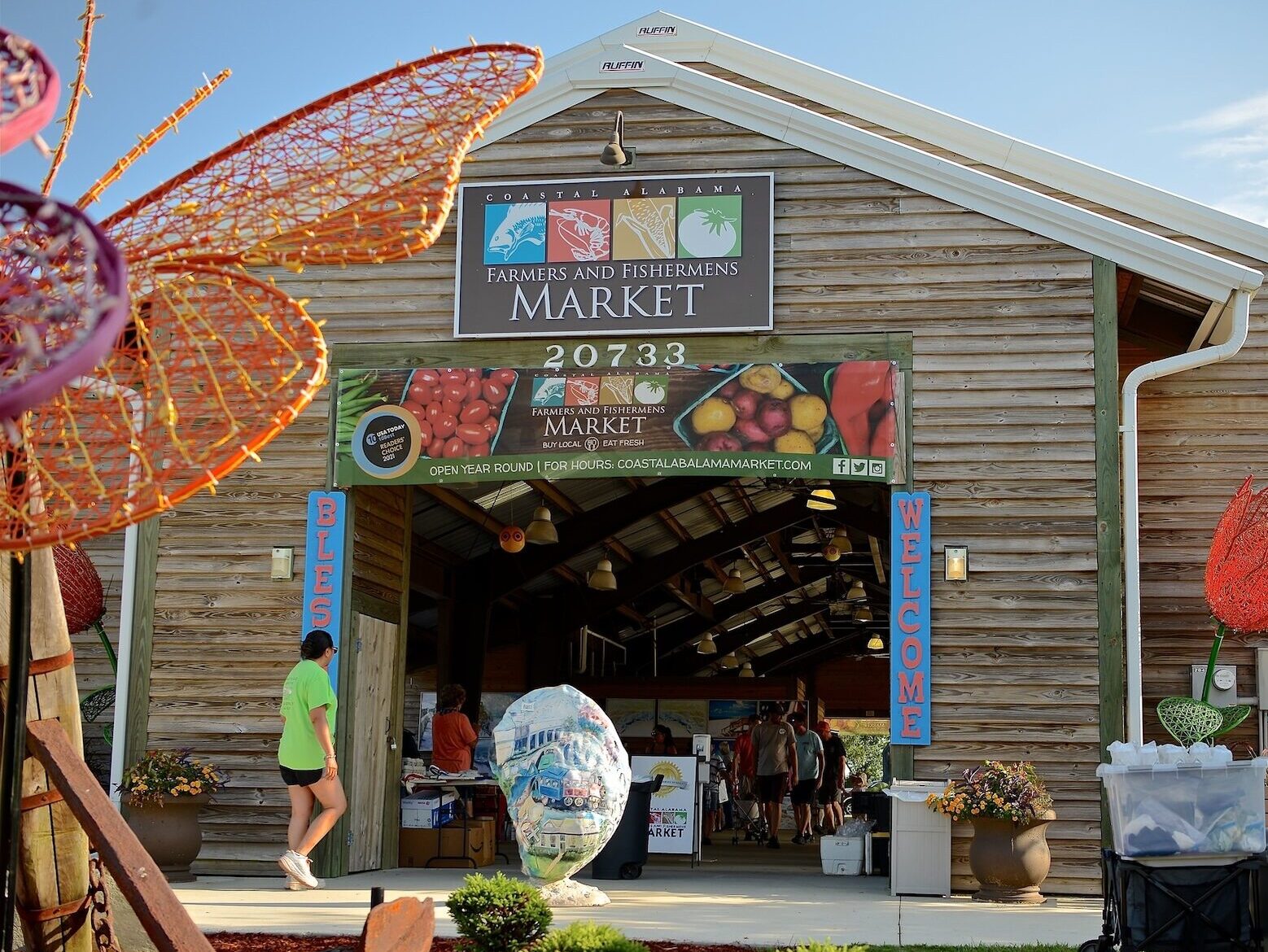Ask any native Alabamian about their love for “the great outdoors” and you will be sure to hear about their adoration for the state’s vast landscape and variety of life. Growing up in Alabama leads to a natural appreciation of the outdoors, which is, after all, where “Alabama the beautiful” got her beloved name. Those with an affinity for science looking to make a career out of discovery, environmental research and conservation of the state’s natural elements will find opportunity to do so on home soil at The University of Alabama.
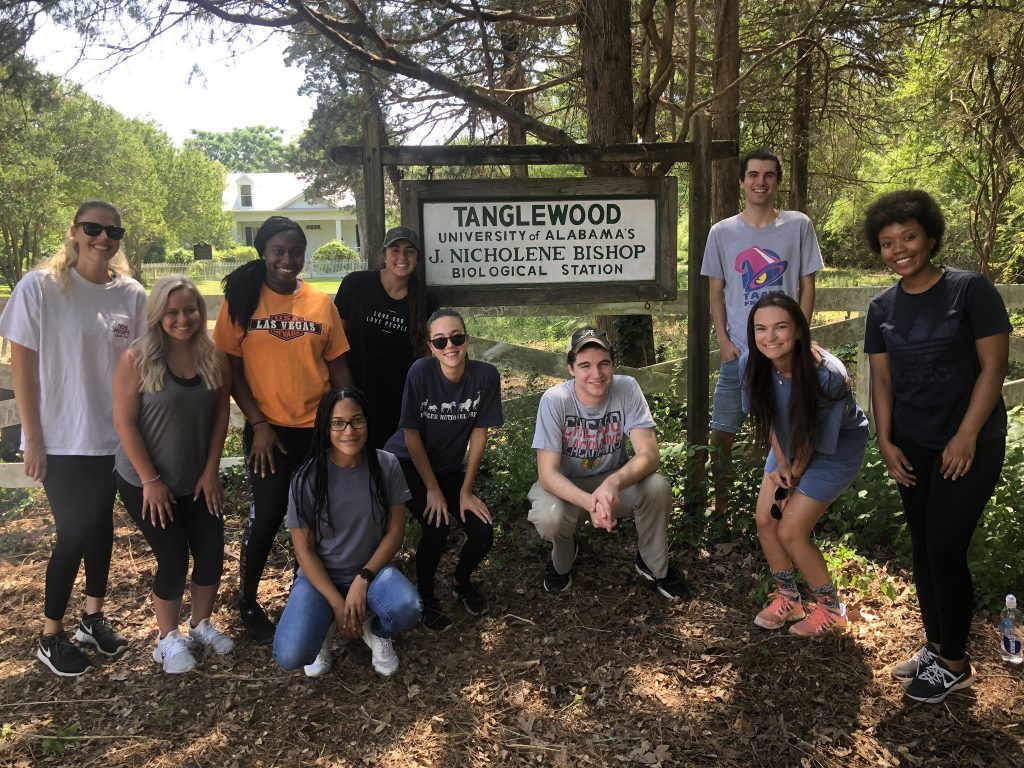
(University of Alabama/Contributed)
Two decades ago, Alabama ranked fifth in the nation for biodiversity, or the number of native species. In 2021, Dr. Bruce Stein, Chief Scientist and Associate Vice President of The National Wildlife Federation, announced that the Yellowhammer State had slid into the fourth spot nationally and first in states east of the Mississippi.
Alabamians should be proud of this ranking; biodiversity is an important part of our natural landscape and the species that make up our state are crucial in maintaining important, life-giving ecosystems, which provide everything from clean water and air to food and medicines. Thriving ecosystems offer a buffer against natural disasters like hurricanes and droughts.
Protecting Alabama’s biodiversity is vitally important. Thankfully, there are many opportunities across the state to learn, study, practice and get involved with conservation across the state. One such place is the J. Nicholine Bishop Tanglewood Biological Station at The University of Alabama. A 567-acre property 30 miles south of Tuscaloosa in Hale County, Tanglewood supports biological research, preservation and natural resource education.
Preserving history and biodiversity
The original Tanglewood Estate includes an old historic home, owned by J. Nicholene Bishop, whom the research center is named after. In 1949, her niece, Alma Bishop Williams, donated the entire 474-acre property in her aunt’s name to the University to be used as a wildlife sanctuary and biological research station. Two parcels of land were purchased in recent years, bringing the total to 567 acres. A modern classroom was added by the University in 2012, which serves as somewhat of a research hub for Alabama students and those who travel to Tanglewood from time to time to complete their research projects.
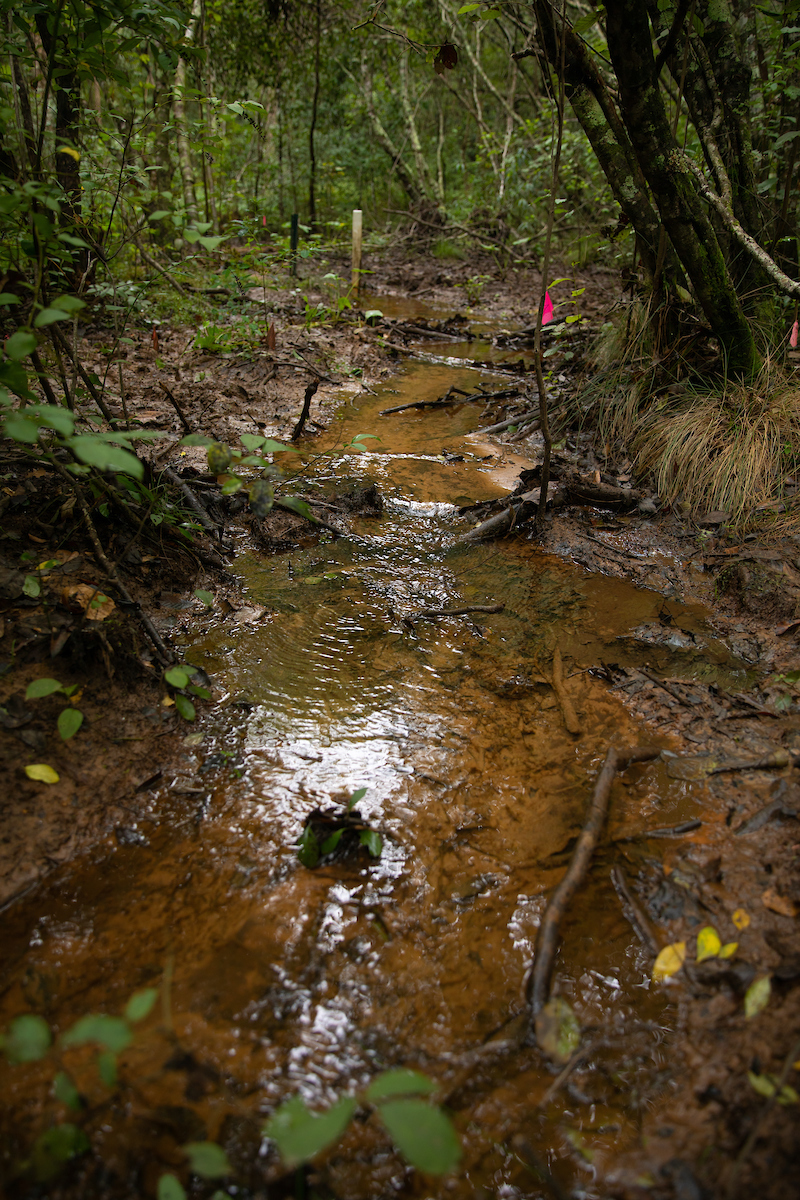
(The University of Alabama/Contributed)
Educational opportunities
Tanglewood allows unique, hands-on educational opportunities in an outdoor setting for students at The University of Alabama within the biological sciences department. Some of the classes that use the research center include a general ecology lab; ecohydrology, a course unique to the university that focuses on two small streams on the property for students to study the hydrologic cycle; forest resources conservation, a course that discusses the legacy of land use on forest structure; and dendrology, which is used at Tanglewood for tree identification labs.
Corianne Tatariw is a post doc whose work in studying forested wetlands at Tanglewood has proven beneficial to biodiversity in Alabama.
“We are funded by the Department of Energy to study how forested wetlands improve water quality following floods here at Tanglewood,” she said. “Wetlands act like filters in the landscape, removing pollutants in runoff. This study is important both for understanding how we can protect the valuable waterways of Alabama and for predicting how these dynamic systems respond to climate change.”
Students in the department also work to organize BioBlitzes on the property. A BioBlitz is an increasingly popular method of obtaining and recording biodiversity data over a relatively short period of time. Over the course of a day or two, professional and amateur naturalists document as many species as they can.
“They’re taking pictures of any kind of insect life they find, every plant and every tree,” assistant professor and director of Tanglewood Jayne Lampley said. “A lot of BioBlitzes use iNaturalist, which is an online platform where people can take pictures of plants, birds or anything they find in their yard and post the photos online and people will help them identify it. This is kind of a new resource for researchers to get in and use some of that data. So, doing the BioBlitzes at Tanglewood not only gives us an inventory of what’s on the property, but it also adds to the larger database of information for the state and the country really. Plus, it’s a great way to get the community involved.”
The next BioBlitz is planned for this spring.
On the horizon
“We have a lot of ideas about what we’ll do with Tanglewood in the future,” Lampley said.
The historic house on the property is currently maintained by the University. Although it is not currently open to the public, it could one day serve as a museum.
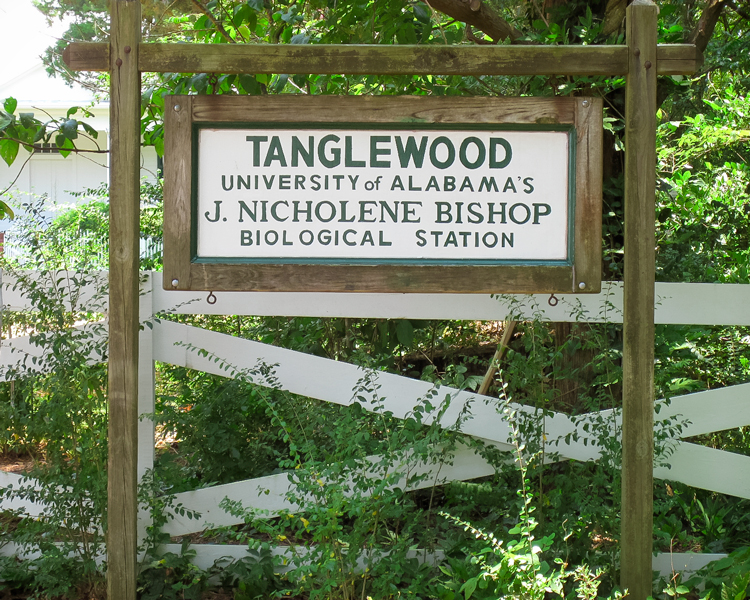
(The University of Alabama/Contributed)
“I think that’s what the original owners wanted it to be,” the director said. “Possibly an architectural resource or a historical resource. There’s talk of maybe restoring the gardens around the house and we also plan to put in trails to make it easier for students to get around while having classes down there. If anyone wants to visit, it will be easier to access different parts of the property.”
According to Lampley, at one time, there was a forester for the University named George Wood who collected holly trees and planted a large grove of different varieties of holly.
“Some of them were collected from famous gardens around different areas,” she said. “It’s a really special collection that the Alabama Wildlife Society cares about a lot and they’re working with us to turn that into an official holly arboretum. We have plans to add labels to all the trees and make that more accessible so people can see the different varieties.”
The director said she also hopes one day to provide a place for researchers who travel to Tanglewood to be able to stay overnight.
